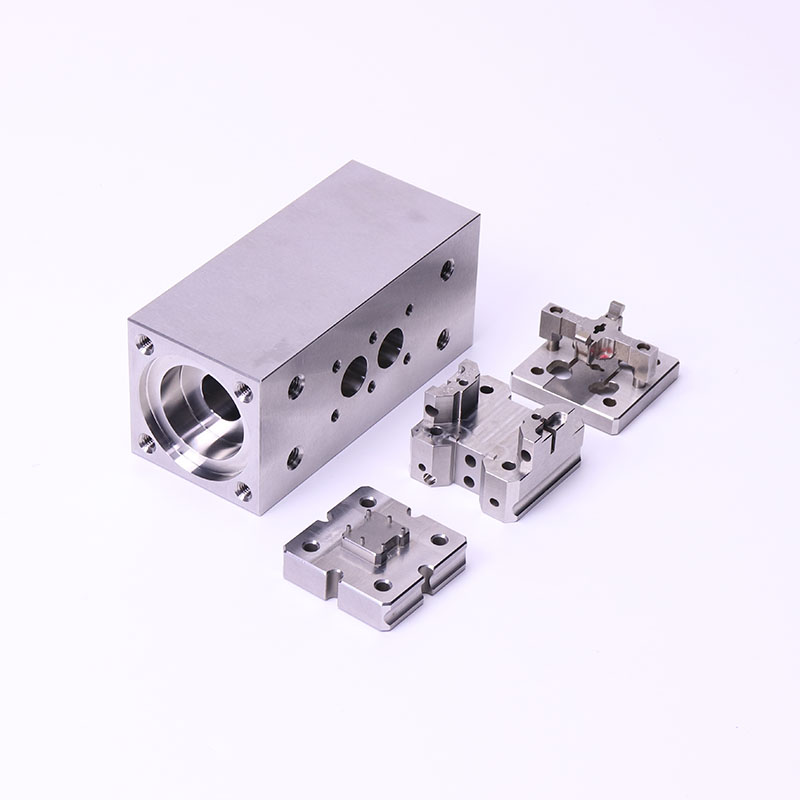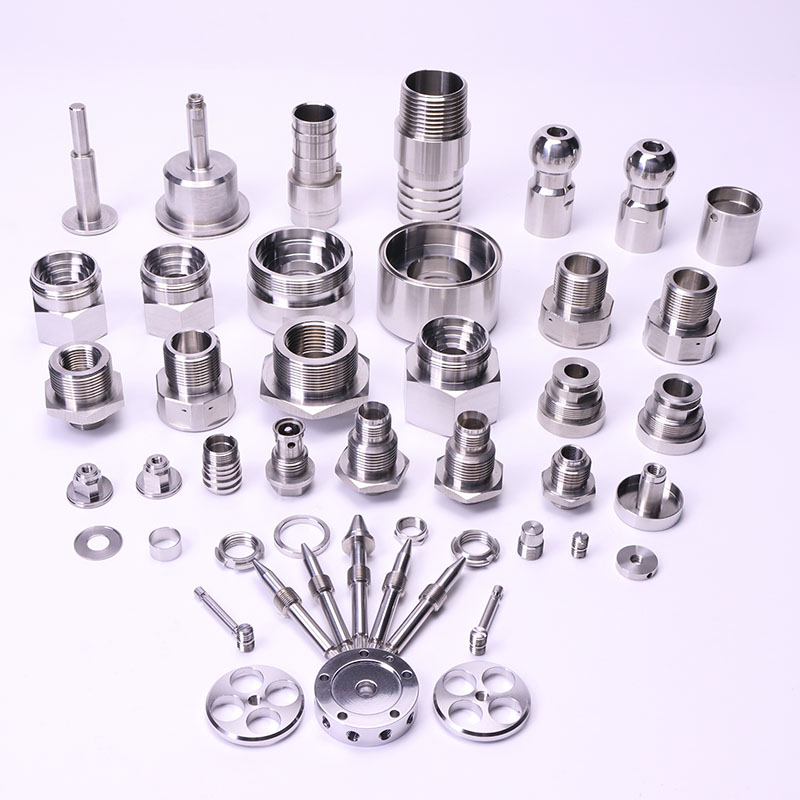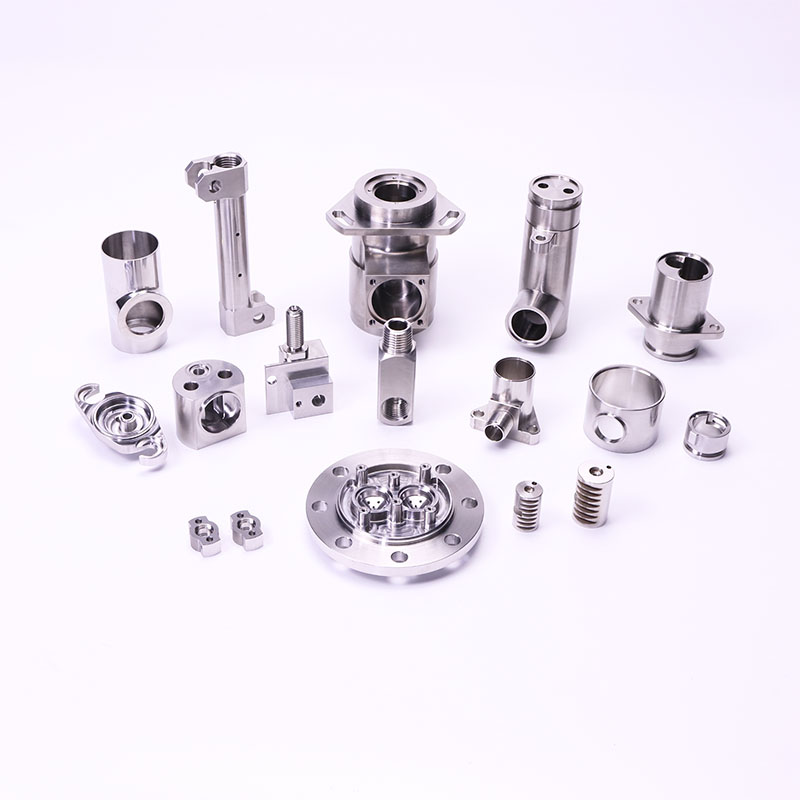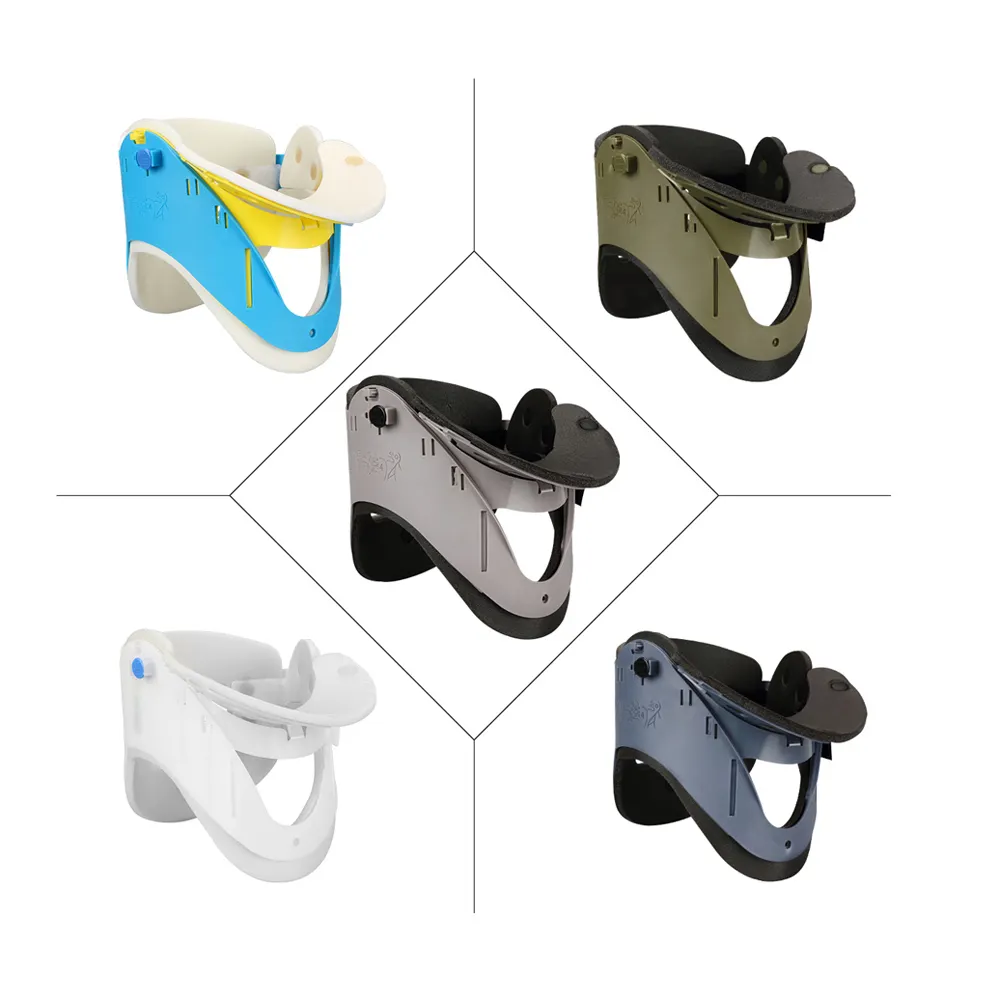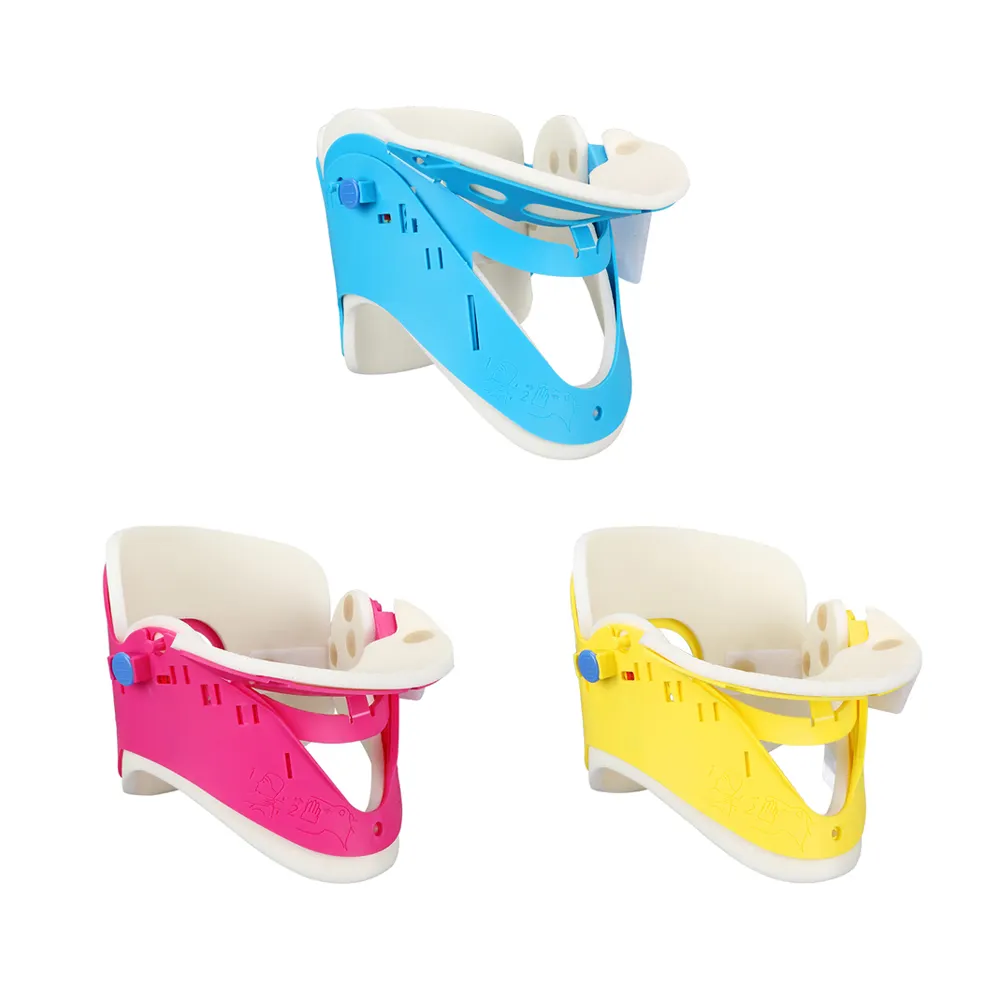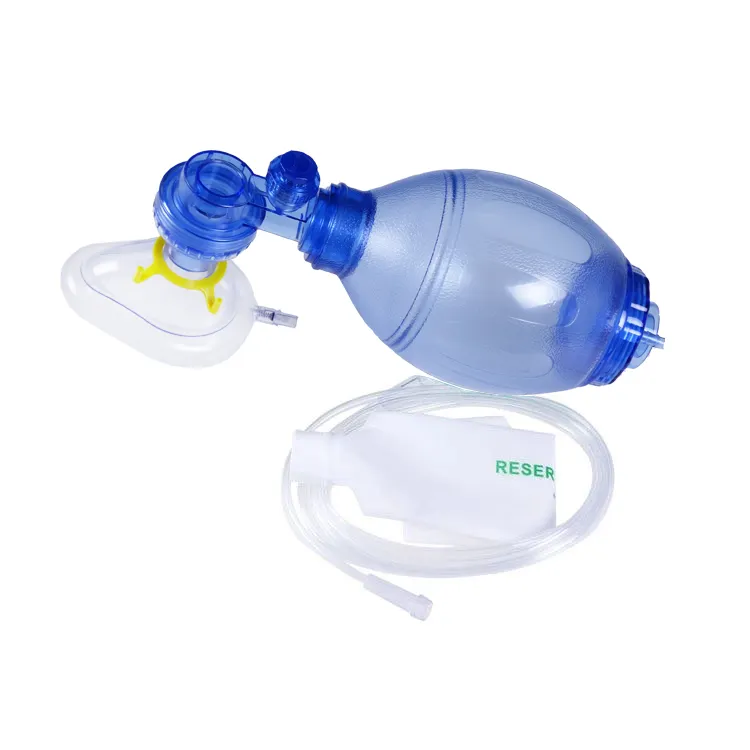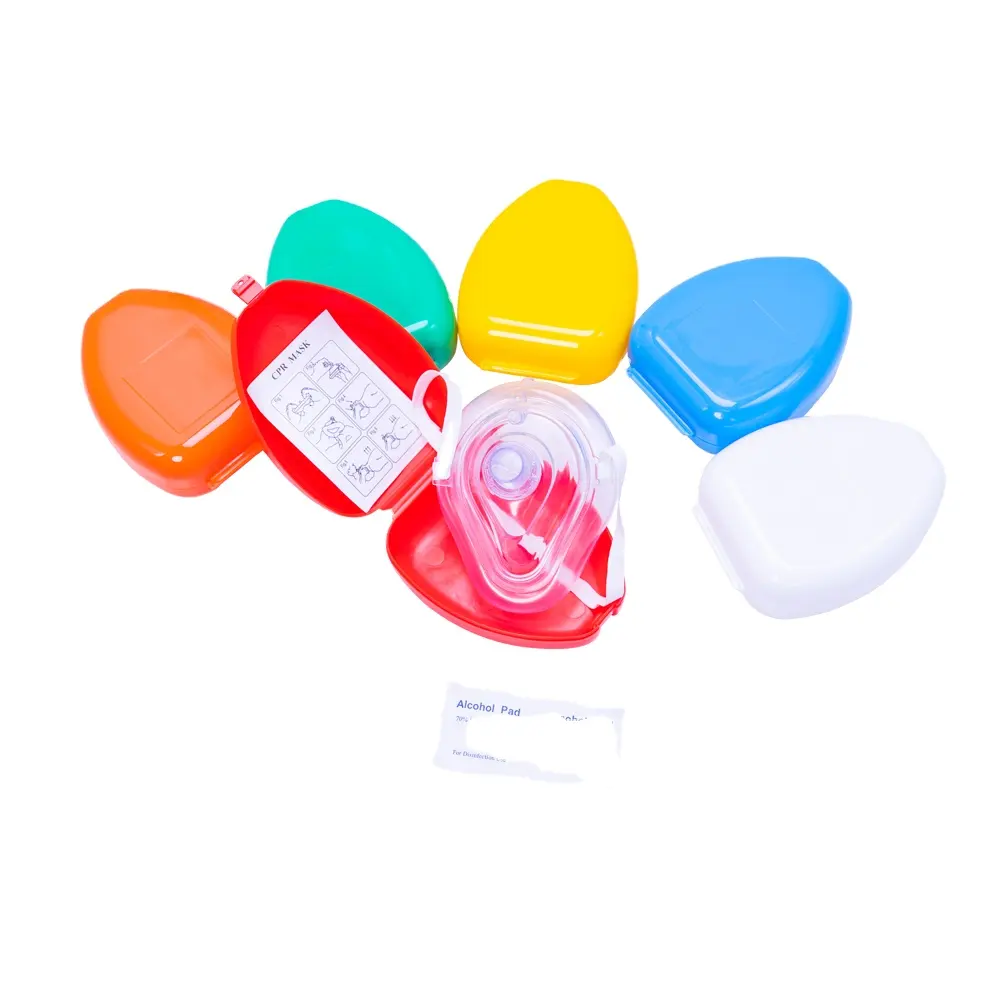Abstract
Precise prototyping plays a crucial role in modern manufacturing, especially in the design and application of fixtures used in mechanical engineering. This article explores the impact of precise prototyping on improving fixture designs, such as the rapid angle-fixed jig, and how this enhances overall production efficiency. By delving into industry practices and case studies, we aim to highlight the value of this approach in creating advanced mechanical tools.
1. Introduction
In today’s manufacturing landscape, precision is paramount. One of the most critical aspects of maintaining high-quality production standards is ensuring that the tools and fixtures used are designed with utmost accuracy. Among these, fixtures—devices that hold or support workpieces during machining—play a significant role in the overall quality of the final product. The concept of precise prototyping refers to the meticulous design and testing of such fixtures, ensuring they perform efficiently in real-world applications.
This article focuses on the role of precise prototyping in the development of a specific fixture: the rapid angle-fixed jig. By integrating insights from mechanical engineering, materials science, and modern manufacturing processes, we will analyze how accurate fixture design can elevate production quality.
2. Precise Prototyping: A Foundation for Fixture Design
2.1 What is Precise Prototyping?Precise prototyping is the process of creating detailed models of products or tools before full-scale production. This process allows engineers to identify potential design flaws and test the functionality of the product in a controlled environment. In the context of fixture design, precise prototyping ensures that the fixture can hold components securely and precisely during machining operations.
2.2 Application in Jig DesignThe rapid angle-fixed jig is a prime example of how precise prototyping impacts manufacturing. The jig allows for quick and efficient angle adjustments, ensuring that the product is positioned correctly during machining. By employing precise prototyping in the design of this fixture, engineers can guarantee that the jig will function correctly under various conditions, reducing the likelihood of errors in production.
3. Case Study: Rapid Angle-Fixed Jig in Automotive Manufacturing
3.1 Overview of the FixtureThe rapid angle-fixed jig described in the patent from Dongguan Kailu Automotive Industrial Co., Ltd. is a tool designed to fix the angle of a product quickly during machining. The device includes a base, limiting seat, and top component, allowing for easy adjustments to the product’s angle, making it ideal for high-volume automotive part production.
3.2 Impact on Production EfficiencyIn automotive manufacturing, precision and speed are vital. The use of a rapid angle-fixed jig, prototyped with accuracy, enables manufacturers to produce parts with consistent quality while minimizing setup time. This efficiency translates into reduced production costs and enhanced throughput, as manufacturers can shift between different parts with minimal downtime.
3.3 Production Efficiency Comparison TableThe table below shows a comparison between using and not using the rapid angle-fixed jig in terms of production efficiency and operational costs.
| Scenario | Setup Time (minutes) | Production Time per Unit (minutes) | Error Rate (%) | Daily Output (units) | Cost per Unit (USD) |
| Without Fixture | 30 | 5 | 5 | 80 | 10 |
| With Rapid Angle-Fixed Jig | 10 | 4 | 2 | 120 | 8 |
This comparison highlights the substantial improvement in daily output, reduction in error rates, and cost savings when using a precise fixture like the rapid angle-fixed jig.
3.4 European Industry PracticesIn Europe, companies such as Bosch have adopted similar fixture designs that incorporate precise prototyping techniques. By investing in accurate prototypes, Bosch has been able to reduce errors in their production line, leading to higher efficiency in the manufacturing of automotive components.
4. Benefits of Precise Prototyping in Fixture Design
4.1 Reduced Operational CostsBy using precise prototypes, manufacturers can identify and resolve issues during the design phase, reducing the risk of costly errors during mass production. For example, the precise prototyping of the rapid angle-fixed jig ensures that the fixture works seamlessly, reducing operational costs by minimizing production delays.
4.2 Enhanced Product QualityPrecise prototyping allows for thorough testing and optimization of the fixture design. In the case of the rapid angle-fixed jig, this results in more consistent product quality, as the jig holds parts firmly and ensures proper alignment during machining.
5. Conclusion
The integration of precise prototyping in fixture design, as demonstrated by the rapid angle-fixed jig, represents a significant advancement in manufacturing technology. By ensuring that fixtures are tested and optimized before production, manufacturers can achieve higher efficiency, lower costs, and improved product quality. As industries continue to push for greater precision in production, the role of precise prototyping will only become more prominent in ensuring that tools and fixtures meet the rigorous demands of modern manufacturing.

